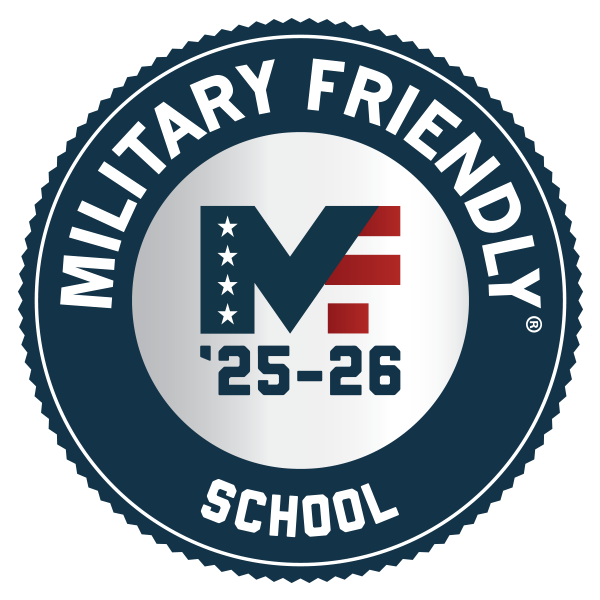We Take Your Education Personally!
This section has been developed with you, the transfer student, in mind. Transferring from SFSC to one of the state universities or independent colleges can be quite easy with some careful planning on your part. Here are the steps to consider:
- Select a major/program of study. Choose one that reflects your interests, value, desired work environment, lifestyle preferences, and abilities. Not sure what major is best for you? Visit the Career Development Center and use one of the computer-assisted decision-making programs available. Discuss your options with a counselor at SFSC. Choosing a major is a big decision. Take some time to get to know yourself. A one-credit Career Exploration course is available to help select a direction.
- Select the transfer school you plan to attend. Consider both state universities as well as private colleges. Select the school that is right for you. Review the list of universities where SFSC has a transfer agreement. Do your homework. Search the web or use the Career Development Center to get more information regarding Florida’s state universities and independent colleges. Does the college offer the program of study you want to pursue? Is the college accredited? What are the admission requirements for transfer students? What types of services are available? These are just some of the questions you should ask.
- Visit several campuses. Many colleges and universities will hold special visitation programs for transfer students. Can’t make it to the campus for a tour? Many colleges and universities offer a virtual tour of campus on their website.
- Investigate the required courses for your major. Once you have selected your major and transfer school, meet with an SFSC counselor to discuss specific requirements for the A.A. degree as well as your intended major. Get the information in writing. Check out online advising from the institution you plan to attend as well. Many colleges have their catalogs and degree requirements available on the web. Use the academic planning worksheet to list the courses you will need to complete.
- Apply for admission early. As a rule, you should apply one year in advance of your actual enrollment date. Many colleges have their admission application available online. Submit the application and all required documents by the stated deadline, and deadlines differ by institution. You don’t want to miss out on attending the school of your choice because you failed to meet the admission deadline. Consider applying online, if the school has its application available on the college’s website. This could save you valuable time. If more than a year has passed since you applied, you may want to verify that the institution still has your application on file.
- Complete the application for your program of study. Often there is a separate application required for the major. Applying to the university does not necessarily mean you have applied to the major. Check the program application deadlines, they usually differ from the university application deadline.
- Apply for graduation from SFSC. Students are encouraged to apply for graduation one term in advance to ensure they have met all degree/transfer requirements for the A.A. degree. The graduation application can be found on the Graduation page of the College’s website and must be completed online.
- Pay attention to all correspondence you receive from the college you plan to attend. Once you are admitted, you will begin to receive information regarding financial aid, scholarships, and housing.
- Apply for financial aid early. Colleges have different financial aid application deadlines. Complete the Free Application for Federal Student Aid (FAFSA) and any separate applications well in advance of the deadline.
- Send a final SFSC transcript once you have completed your degree. Failure to send a transcript showing the A.A. degree has been awarded could mean enrolling in additional general education courses after you transfer.
Transfer Student Checklist

Once you’ve decided to pursue a B.A./B.S. degree, make sure you collect this information:
- The university you are transferring to
- The open house schedule of the university you are transferring to
- The contact information (name, phone number, and email) of a transfer student admissions representative
- The contact information (name, phone number, and email) of a departmental advisor or designated contact
- The deadline for filing your application to the university program you wish to attend
- The deadline for filing your application for financial aid application
- Availability of scholarships from the university or its foundation
- Availability of housing, either on campus or off
- Any specific prerequisite courses you are required to take prior to being admitted into the program of your choice
- The separate application to your chosen program, if one is required
- GPA that you are required to achieve to be admitted into your chosen program
- GPA or grades you are required to earn in any prerequisite courses for your chosen program
- Does the program require additional criteria such as:
- Volunteer work
- Audition/portfolio submission
- ACT/SAT test scores
- Does the program have a foreign language requirement?





